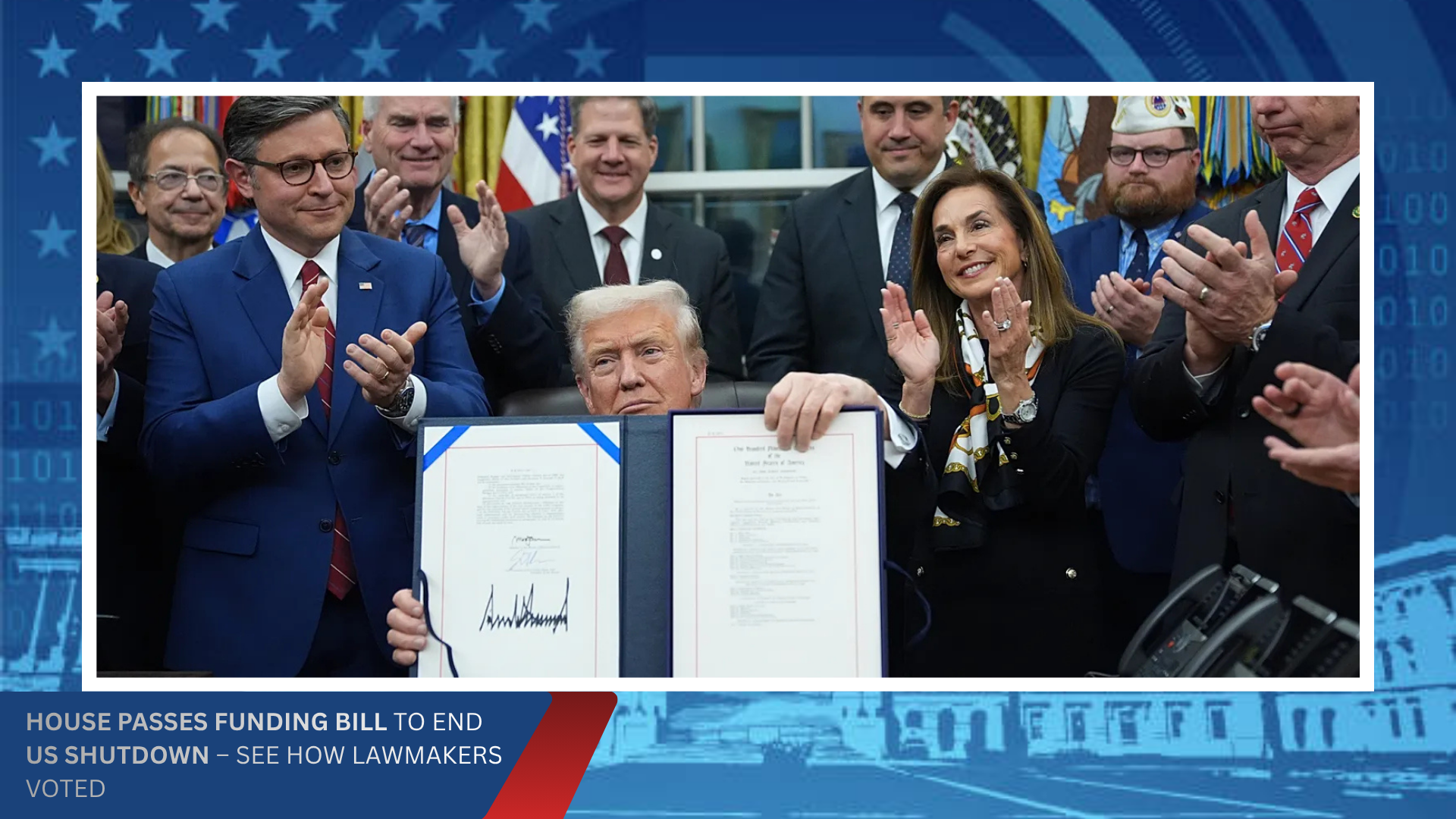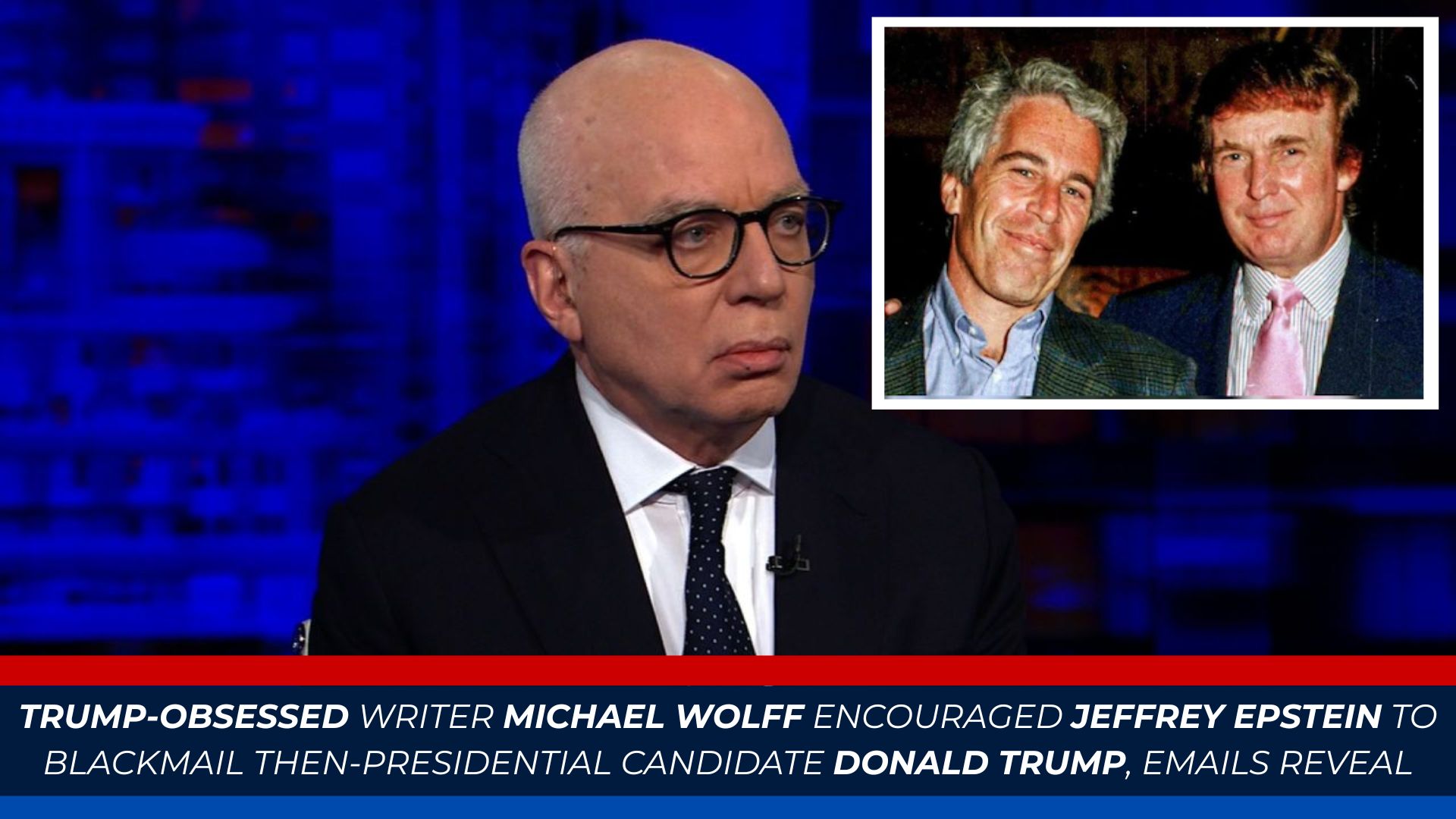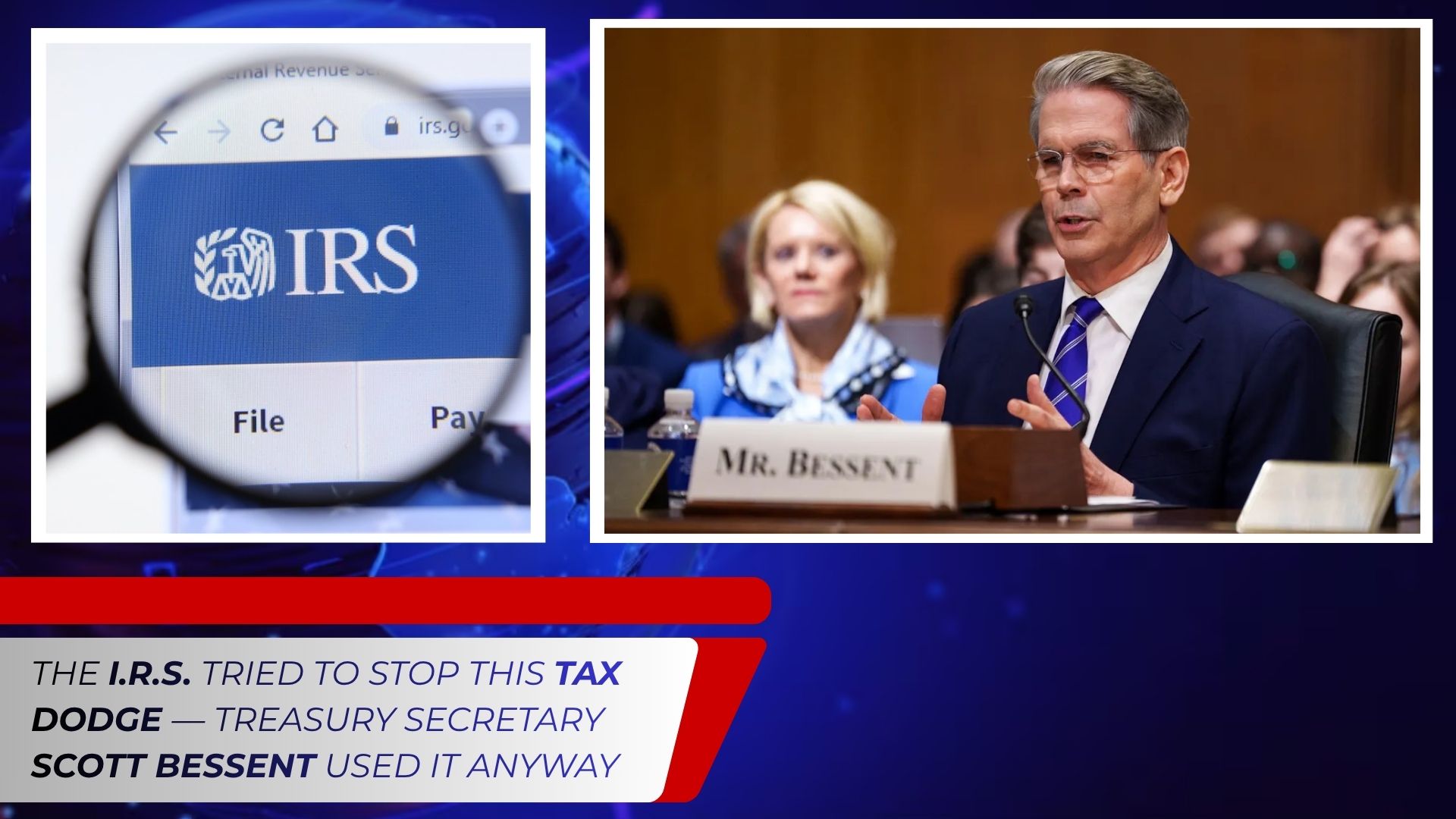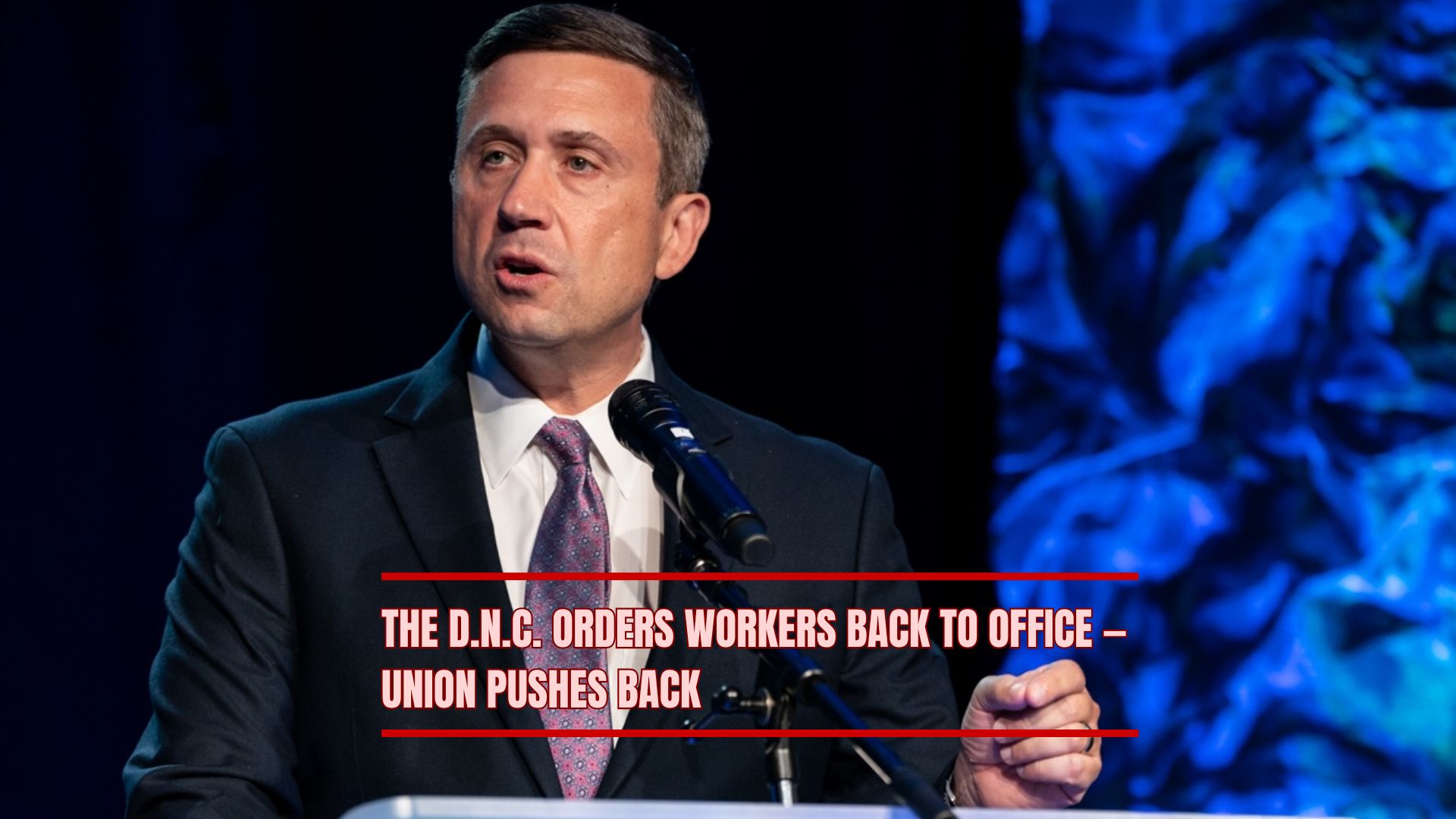US President Donald Trump recently spoke with Japan’s newly appointed Prime Minister, Sanae Takaichi, in what the Japanese leader described as a “good and candid” conversation. The call, which took place on Saturday, marked the first official communication between the two leaders following Takaichi’s ascension to the premiership last week.
During the call, President Trump extended his congratulations to Takaichi on her new role, emphasizing the importance of the long-standing alliance between the United States and Japan. In response, Takaichi expressed her appreciation for the message and highlighted her commitment to strengthening bilateral ties.
“Together with him, I am determined to elevate the Japan–U.S. Alliance to even greater heights,” Takaichi wrote on X, formerly known as Twitter. “I am looking forward to working closely with the U.S. and our regional partners toward a Free and Open Indo-Pacific.”
Strengthening a Historic Alliance
The Japan–U.S. relationship has been one of the most enduring partnerships in the Asia-Pacific region, with cooperation spanning defense, trade, technology, and diplomatic initiatives. The alliance has historically been a cornerstone of regional stability, particularly in addressing the growing influence of China and the persistent security challenges posed by North Korea.
Takaichi’s leadership comes at a critical juncture in regional politics. Her administration is expected to prioritize both economic resilience and security cooperation with key allies, including the United States. Analysts have noted that her approach may focus on bolstering defense capabilities while promoting free trade agreements that benefit the broader Indo-Pacific region.
President Trump’s congratulatory message signals continuity in U.S. foreign policy toward Japan, reinforcing the commitment to a strong bilateral alliance. During his presidency, Trump frequently highlighted the strategic importance of Japan in U.S. security planning and trade negotiations. His outreach to Takaichi demonstrates a continued focus on maintaining robust diplomatic channels and fostering mutual trust between the two nations.
The Indo-Pacific Vision
One of the central themes of Takaichi’s remarks during the call was the vision of a “Free and Open Indo-Pacific.” This concept has been a guiding principle of U.S. foreign policy in Asia, aiming to ensure freedom of navigation, fair trade practices, and a rules-based international order. By expressing her alignment with this vision, Takaichi reassured both domestic and international audiences that Japan remains a committed partner in maintaining regional stability.
The Indo-Pacific strategy also emphasizes cooperation among allies to address shared security challenges. For Japan and the U.S., this includes countering potential threats from North Korea’s nuclear program and addressing maritime security concerns in the South and East China Seas. The partnership also extends to technological collaboration, including cybersecurity, space exploration, and advanced manufacturing, which are expected to remain key areas of joint focus under Takaichi’s leadership.
Economic and Trade Implications
Beyond security, the conversation between Trump and Takaichi carries potential implications for economic and trade relations. Japan is one of the United States’ largest trading partners, and maintaining a strong partnership is crucial for both nations’ economic growth. Policies fostering investment, innovation, and digital infrastructure development are likely to be areas of mutual interest.
Takaichi’s government is also expected to navigate ongoing challenges related to supply chain resilience, energy security, and inflationary pressures. By collaborating closely with the U.S., Japan aims to enhance economic stability while ensuring that trade agreements reflect shared values and strategic priorities. The phone call between the two leaders signals an intention to keep these economic discussions at the forefront of bilateral cooperation.
Looking Ahead
The phone call between Trump and Takaichi is more than a formality—it reflects a commitment to proactive engagement at a time of shifting geopolitical dynamics. With global uncertainties ranging from regional conflicts to technological competition, the U.S.–Japan alliance continues to play a pivotal role in shaping outcomes in the Asia-Pacific.
Observers note that this initial exchange sets the stage for future high-level meetings and collaborative initiatives. Joint efforts could include strengthening defense ties, advancing regional infrastructure projects, and coordinating on multilateral diplomatic efforts. Both leaders appear committed to fostering a partnership that addresses immediate challenges while preparing for long-term strategic developments.
Prime Minister Takaichi’s statement following the call underscores the optimism surrounding the bilateral relationship. Her emphasis on collaboration, strategic alignment, and a shared vision for the Indo-Pacific suggests that Japan will continue to be an active and reliable partner for the United States.
As international attention turns to how Takaichi’s policies will unfold, the significance of her first official conversation with President Trump cannot be understated. It signals a mutual understanding that the U.S.–Japan alliance remains a cornerstone of regional security, economic prosperity, and diplomatic influence in Asia and beyond.
Conclusion
The phone call between President Donald Trump and Prime Minister Sanae Takaichi marks a promising start to a new chapter in U.S.–Japan relations. With candid dialogue and shared strategic priorities, both leaders have indicated their commitment to strengthening an alliance that has long been a stabilizing force in the Asia-Pacific. As the partnership evolves, it will be closely watched by allies and rivals alike, reflecting its significance on the global stage.
%20(4).png)



.png)




